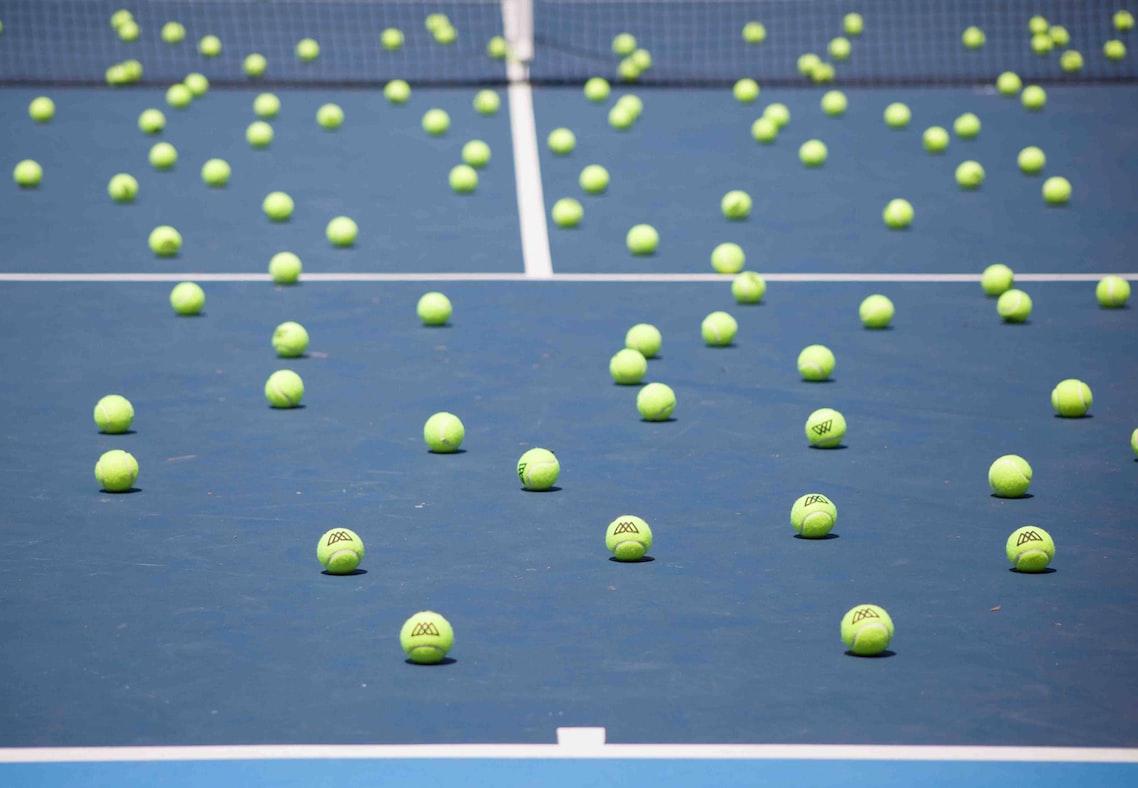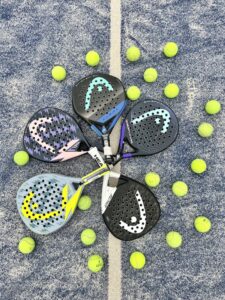Mastering Padel: How to Adapt Your Gameplay to Padel Court Size for a Winning Edge
3 min read
Mastering Padel: How to Adapt Your Gameplay to Padel Court Size for a Winning Edge
Are you ready to take your padel skills to the next level? If you want to dominate the court and leave your opponents in awe, then you need to master the art of adapting your gameplay to the size of the padel court. Having the ability to quickly adjust to different court sizes can give you a tremendous advantage and set you apart from the competition. So, let’s dive into the secrets of achieving a winning edge by understanding how to adapt to padel court size.
Understanding the Dimensions
Each padel court may have slightly different dimensions, but the general size remains constant. A padel court is typically 20 meters long and 10 meters wide, with a pair of glass panels enclosing the playing area. These dimensions provide a perfect stage for showcasing your skills, but they also require some finesse to exploit to the fullest.
The Importance of Court Size Adaptation
“Adapt or perish” is an age-old saying that perfectly encapsulates the essence of mastering padel. The size of the court directly influences your movement options, shot selection, and overall strategy. When you can quickly adapt to different court sizes, you gain a significant advantage over opponents who rely solely on their default playing style. Adapting your gameplay to the specific court size allows you to wield the weapon of versatility and keep your adversaries on their toes.
Expanding Your Shot Selection
To adapt to padel court size effectively, you must expand your shot selection repertoire. Different court sizes call for different shot types. On larger courts, where space is abundant, you can take advantage of longer and more powerful shots. A well-executed lob, for instance, can be a game-changer when your opponents are struggling to reach the ball.
Conversely, on smaller courts, you need to focus on precision shots. Drop shots, volleys, and well-placed angles become your go-to moves. These shots can force your opponents to make difficult decisions and put them on the defensive, which sets the stage for you to seize control.
Using the Walls to Your Advantage
Understanding how to utilize the walls can elevate your gameplay and give you an edge regardless of the court size. On larger courts, the walls can provide an extension to your shot placement. Mastering the art of hitting the ball against the walls to create unexpected angles can catch your opponents off guard and give you a tremendous advantage.
On smaller courts, the walls can become your safety net. When the playing area feels cramped, hitting the ball against the back or side walls can reset the rally and give you time to regain control. It’s like hitting the reset button on the game while frustrating your opponents in the process.
Adapting Your Movement
Adapting to padel court size also means adjusting your movement patterns. On larger courts, you have more ground to cover, so footwork and speed become crucial. Work on improving your agility, balance, and explosiveness to be able to cover the court effectively.
On smaller courts, you may not have as much room to run, but quick reactions and precise footwork are essential. Anticipate your opponent’s moves and position yourself strategically for each shot. Remember, padel is a game of finesse and strategy, so adapting your movement to different court sizes is vital to staying one step ahead.
Conclusion
Mastering padel is a journey that involves continuously pushing your boundaries and learning new skills. Adapting your gameplay to the specific size of the padel court is a crucial aspect of this journey. By expanding your shot selection, utilizing the walls, and adapting your movement to different court sizes, you can gain a significant advantage over your opponents and forge a path to victory.







